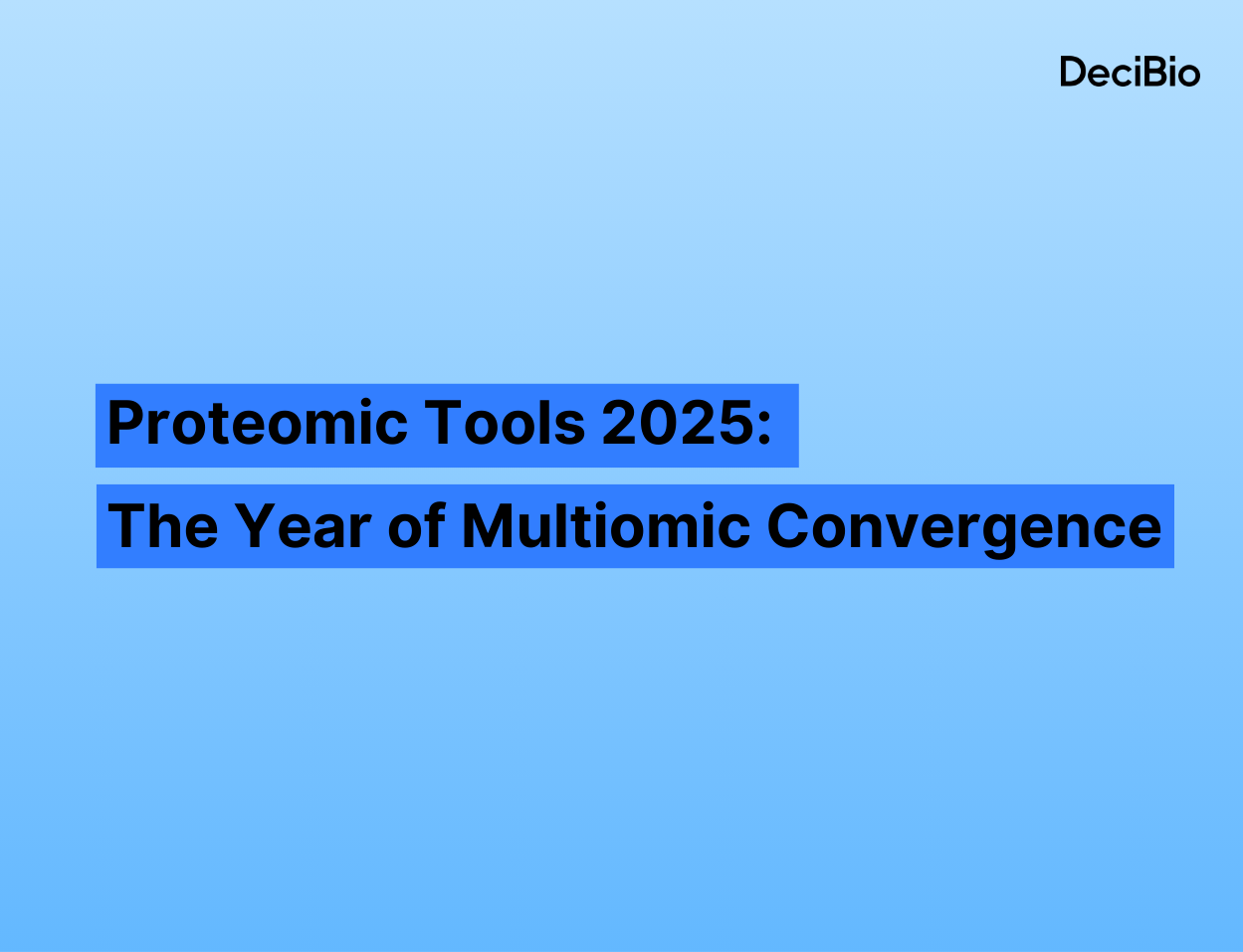No items found.
Los Angeles, CA July 9th 2014 – Today, DeciBio announced the release of the 3rd edition of its life sciences research tools report.Report highlights:
- The life sciences research tools market is expected to grow from ~$41.4B in 2013 to $49.2B in 2017, excluding the in vitro diagnostics market
- Growth is driven primarily by applied market customers that we estimate are growing in the low double digits, in sharp contrast to the low double digit growth we forecast for academic and biopharma customers
- Growth in this market continues to be driven by genomics, most notably NGS that show no sign of slowing down. We forecast that the NGS market will grow at 18% over the next 4 years, driven in large part by continued aggressive adoption in clinical settings as laboratory developed tests (LDTs) and applied markets (e.g., Forensics in the out years)
- Interestingly, the deluge of data generated by NGS appears to have generated a renewed interest in proteomics. We heard this feedback consistently from the ~40 experts we interviewed for this report
- On the proteomics side, growth is driven largely by mass spectrometry. Experts recognize that this technology can overcome limitations with some non-specific antibodies; however, it makes it difficult to look at low abundance and functionally relevant proteins
- Scientists also expressed an increased interest in protein post-translational modifications, as more tools and protocols have become available to study them
- Overall, multiple scientists expressed an increased interest in single cell analysis for both genomics and proteomics applications
What’s new:
- Updated content, including:
- Incorporated the latest trends in the life science research tools market
- Updated market numbers in light of increase interest in single cell analysis:
- Single cell genomics
- Single cell proteomics
- Added content on the China strategy of select key industry players
- Increased focus on some customers of increasing significance (e.g., CROs, non-IVD clinical customers)
- Expanded our analysis to include emerging players in this space (e.g., Seahorse Bioscience)
- Updated market trends, such as:
- Reassessed market trends for:
- NGS in light of recent product introduction (e.g., NextSeq) and development (e.g., fast LDT** clinical adoption)
- Mass spectrometry given increased interest in this technology for proteomics analysis driven by the need to functionally assess the role of discovery made using genomics tools
- Updated market figures, most notably:
- Updated all market numbers for 2013 market size based on secondary research and latest trends
- Validated and refined our former projections of growth rates for key technologies, such as:
- NGS: Slightly accelerated market growth
- dPCR: Validated formerly reported 2016 market size
- Flow cytometry: Validated formerly reported 2016 data
- Mass spectrometry: Slightly accelerated market growth
- Adjusted market size and growth for some markets
- qPCR: Decreased market growth, given larger than expected pricing pressure and some market saturation
- Microarrays: Decreased market size to reflect incorporation of new triangulation points in our analysis
- Microscopy: Reassessed market size to include (non-IVD) instruments sold to hospitals / clinical labs (30-35% share)
- Lab automation: Added ~$300M in sales of lab robotics instruments previously excluded from the report
- Multiplex technologies: Decreased market growth to reflect the performance of markets leaders (Luminex and MesoScale)
- Antibodies***: Increased growth rate to reflect renewed interest in proteomics, specifically of low abundance proteins that can be hard to study using mass spectrometry
- Please contact Stephane Budel if you have any questions about this report.---

- Author: Stephane Budel, Partner at DeciBio, LLCConnect with Stephane Budel on Google+https://plus.google.com/+StephaneBudel



.png)


